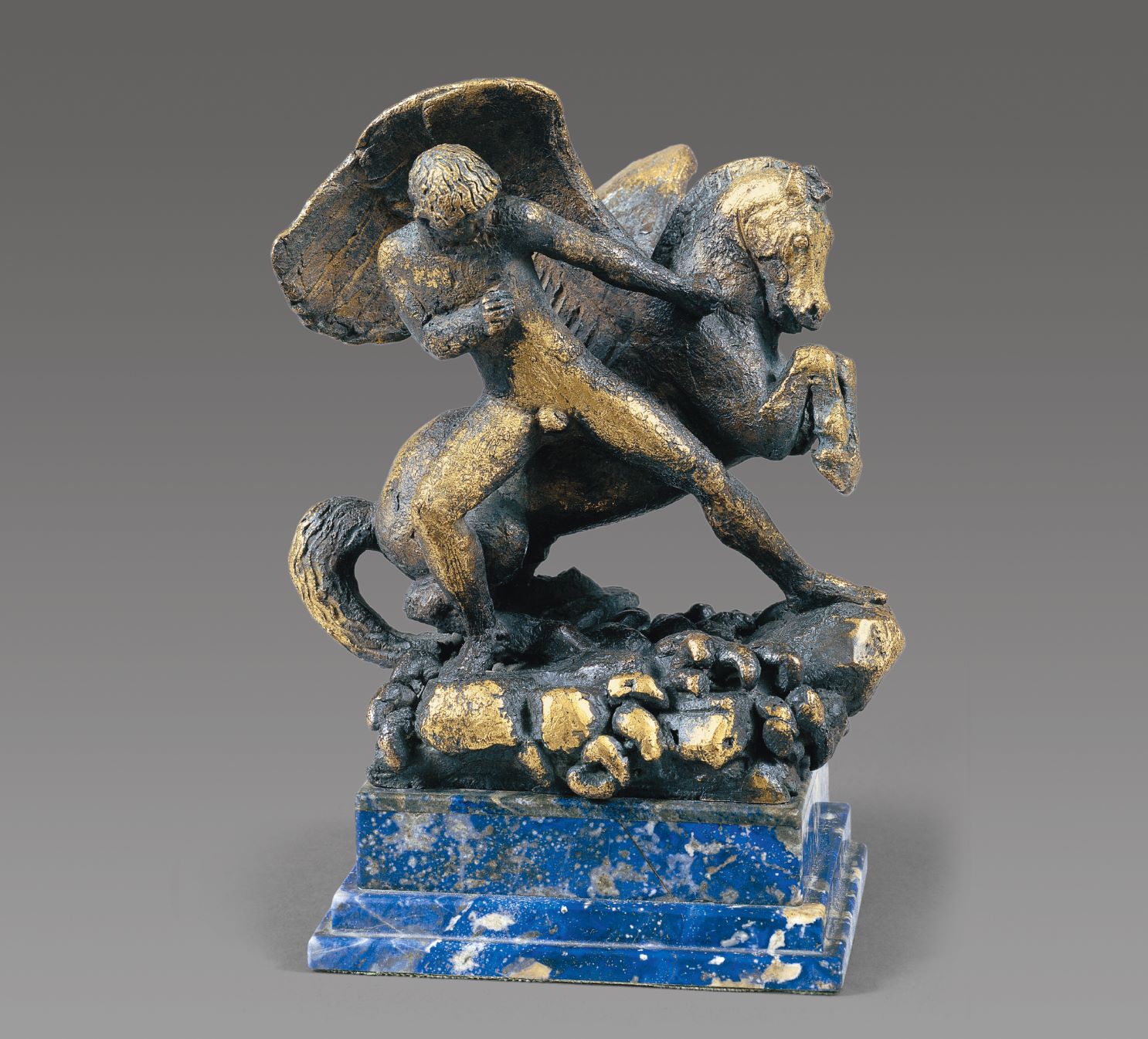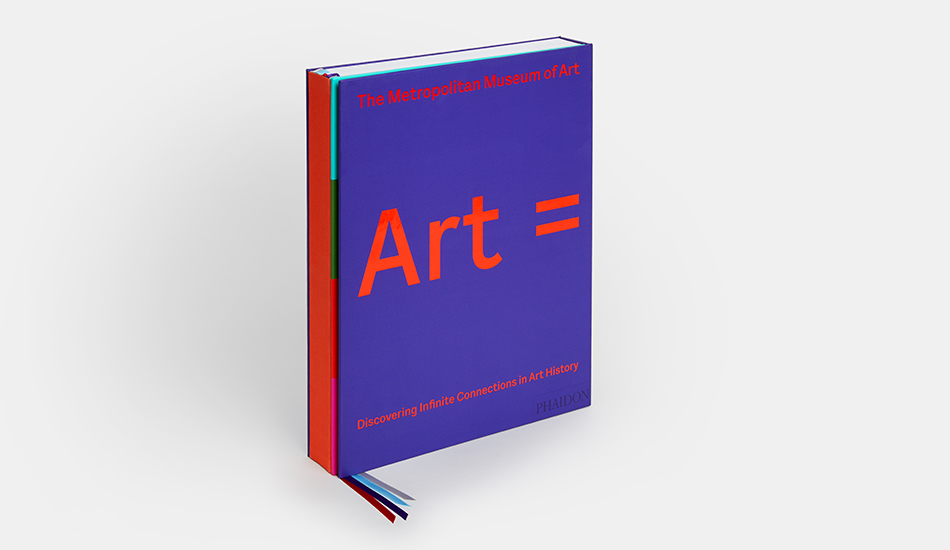
Art = Faith
Our new book Art = doesn’t just explore 6,000 years of art history via 800 works from The Met’s collection. Its glossary is also filled with fascinating facts and connections. We consider the religious roots of so much artistic creation
There are always new, satisfying ways to look at classic works of art. Our new book, Art = offers a fresh and unconventional approach to exploring 6,000 years of art history through 800 masterpieces from The Metropolitan Museum of Art's collection. This ground breaking book — organised by thematic keywords — gives readers fresh, unconventional ways of engaging with visual culture; across these beautifully illustrated pages, you can find unexpected links between, say, the Northern Renaissance and the Harlem Renaissance.
However, there’s more to the book than these juxtapositions. In this series, we’re looking at how the book’s glossary guides us through some of the pivotal techniques, locations, eras, schools and movements. Its bite-sized overviews bring to light a series of surprising discoveries. Read on to understand just how all-pervasive religion has been in artistic creation, across the world and throughout time.
Ancient Egyptian Art Created for religious or functional purposes, ancient Egyptian art played a practical role in the Egyptian belief system. Overarching themes include life and death, the role of the gods, and the divine basis of natural laws. The history of ancient Egypt is divided into the following periods: prehistory (to c.3100 BC), the Archaic period (c.3100- 2650 BC), the Old Kingdom (c.2650-2150 BC), the Middle Kingdom (c.2040-1640 BC), the New Kingdom (c.1550-1070 BC), the Late Period (c.712-332 BC), and the Ptolemaic (Hellenistic) and Roman periods (332 BC-AD 395).
Aphrodite / Venus The Greek goddess of love and beauty, Aphrodite (Roman: Venus) was frequently depicted in ancient Greek and Roman art, as well as in European art from the Renaissance to the present. During the Renaissance and Baroque periods she was often shown with her son Eros (Cupid).
Byzantine Art The Byzantine empire, a continuation of the Roman Empire, began in AD 324, when Emperor Constantine established his new capital city of Constantinople (modern Istanbul). At its largest extent, the empire ruled most of the Mediterranean littoral, but by the time it was conquered by the Ottomans in 1453, its territory was limited to the city itself and parts of Greece. Byzantine art is overwhelmingly Christian religious art, taking the form of finely crafted metalwork and enamels, illuminated books, ivories, mosaics, and icons.
Icon Sacred pictures or sculptures representing Christ, the Virgin Mary, and saints, as well as narrative scenes from the life of Christ, the Ascension of the Virgin, and saints’ lives. Commonly associated with Byzantine art and the Eastern Orthodox Church today, the contemplation of icons was believed to create direct communication between the holy figure represented and the devotee.
Stained Glass In Europe, the art of stained glass reached its height between 1150 and 1500, when magnificent windows were created for great cathedrals. For a traditional European stained-glass window, pieces of colored glass are cut into shapes, arranged, held together by strips of lead, and supported within a rigid frame. A similar technique is used in the creation of three-dimensional objects (such as lampshades), using copper foil instead of lead to connect the glass fragments. The term is also applied to glass that has been painted and then fused with the color in a kiln.
Southeast Asian Art Southeast Asian art comes from the region stretching from Myanmar (Burma) and the Indonesian island of Sumatra in the west to Papua New Guinea and the Philippines in the east, south of China and Japan. There are numerous diverse cultural and artistic styles across this region, including art made in the service of Buddhist, Hindu, Islamic, Christian, and various indigenous faiths.

For more beautiful images and deep insight, get a copy of Art = here, and discover infinite connections in art history you never knew existed.